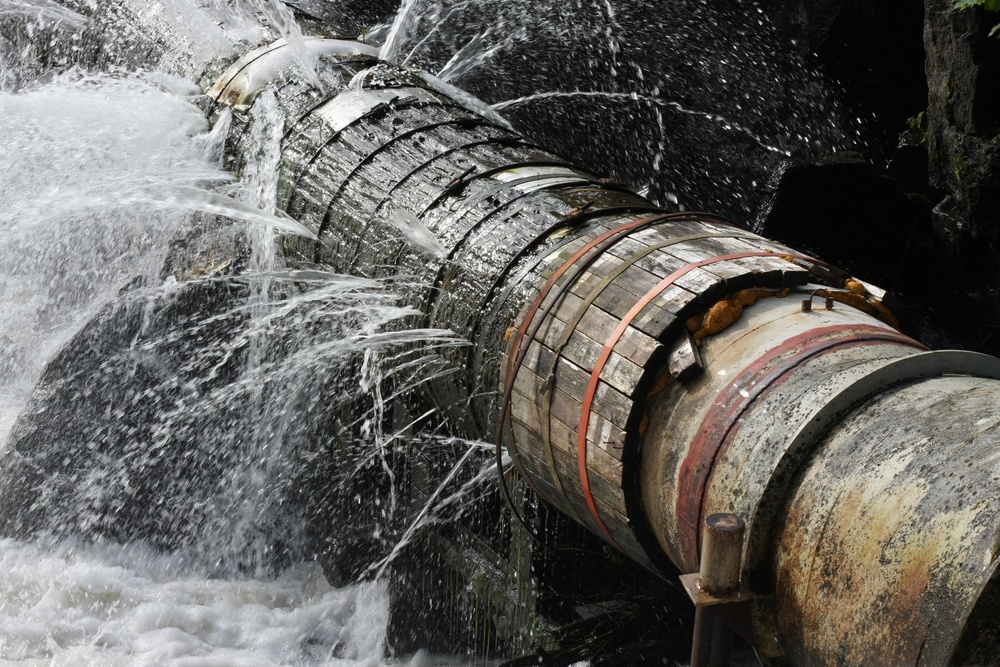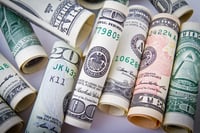
Bigger Sales Pipelines - The Dangerous Truth
I usually get notified when new sales studies are published and I'm asked to link to those reports from my Blog.
A while back, I was invited to download the 2016 InsideSales.com Business Growth Index Report. I read through it today and while I wasn't terribly surprised by anything, there were a few findings that are quite interesting, showing that some companies aren't making very good decisions, and these decisions could be representative of your company too.
The report showed that overall, pipelines are larger and that would generally be viewed as a positive. But it was no surprise that sales cycles are longer and win rates are lower. The quality of leads was responsible for all three - the larger pipelines, longer sales cycles and lower win rates. In other words, companies were either raising the bar - they wanted better leads - or lowering the bar - they wanted more leads.
It appears that in the case of better leads, better was defined as bigger companies with bigger opportunities, which increases the total value of the pipeline. Greater competition, a longer sales cycle and lower win rate are the obvious outcomes of that strategy.
In the case of more leads, the number of opportunities in the pipeline increases. Of course, more is the opposite of better and longer sales cycles and lower win rates are an obvious outcome of that strategy too.
My question is, do more opportunities, despite the lower win rates and longer sales cycle, translate to better revenue growth?
The reality is that pipelines should not simply get bigger! If we know the annual revenue goal, closing percentage and average deal size for every salesperson, then we know exactly how many opportunities must be in each stage of the pipeline at any moment in time. When we know that, it's all about effective targeting and scoring. Last week I spent a half day helping a company nail their scoring mechanism. If you get that right, you'll know not only whether an opportunity qualifies to be in the pipeline, but whether it should be pursued, assigned resources, and quoted. When companies choose to simply put more in, it's usually because they already have too many of the wrong opportunities in the pipeline.
There were some findings around technology usage. It showed that in 20% of the cases, the competitive edge could be attributed to technology with the biggest three examples being CRM, Sales Intelligence and Sales Presentation tools. But even with CRM showing the most widespread usage, only 45% attributed their competitive edge to CRM.
Speaking of CRM, it seems that the data for this analysis came from CRM, so I assume they were mining CRM data from multiple companies and industries. With so many executives complaining that their salespeople hate using their CRM, and with sales managers having to hound their salespeople to keep the data current, it raises questions about the accuracy of the length of the sales cycle. Many salespeople delay entering data until an opportunity is well underway, while others delay entering their follow-up and follow-through, including when they have closed the sale! These issues cause sales cycles to be represented as both artificially short and long! We could give them the benefit of the doubt and suggest that it evens out...
The authors grouped findings by company size - smaller than and larger than $1 billion; but only 11% of the respondents were from the larger companies. Another thing that might have skewed their findings is that 60% of the respondents were from software and business services companies. While those industries are certainly hot right now, the lack of balance hides what might really be taking place. If pipelines are bigger, sales cycles longer and win rates lower, what do you suppose those three metrics look like in the not-so-hot industries?
Well it's not what you might think! Win rates went down in both tech and non-tech, but they dropped by 100% more in the tech segment. Wow! See, that's how some would report this finding - by dramatizing it - when the reality is that win rates dropped by 2.1% in non-tech and 4.7% in tech. Also surprising is that the increase in the number of new opportunities was 10.8% in tech but 18.3% in non-tech. To my thinking, it's the rest of the world catching up with the tech and finally getting with the program!
All of these findings are nice to know, but in your company, it comes down to two things. Let's assume that your deals are not lost because of quality; and your deals are not won because of price. After all, there can be only one lowest price and one best quality. That means everyone else has to sell value.
In value selling, differentiation takes place in the field (or on the phone) and that means your ability to differentiate is reliant on:
- Consistent and effective consultative approach,
- Effective milestone-centric, customer-focused sales process, and
- Consistent and effective coaching from sales managers - on their deals and personal growth.
In my experience, this is generally not what is taking place in most companies.

By Dave Kurlan
Dave Kurlan is a top-rated speaker, best-selling author, successful entrepreneur, and sales development industry pioneer. Dave also founded Objective Management Group, the leading developer of sales assessment tools, and works as the CEO of Kurlan & Associates, a leading salesforce development firm that he started in 1985. He has 3 decades of experience in all facets of sales development, including consulting, training, coaching, selection, strategy, systems, processes, and metrics.
Dave is also the creator of the Membrain Baseline Selling Edition, a pre-configured Membrain with Baseline Selling built-in, including Dave's sales enablement content. This Edition will help your salespeople to make your way of selling into a competitive advantage.
Find out more about Dave Kurlan on LinkedIn







